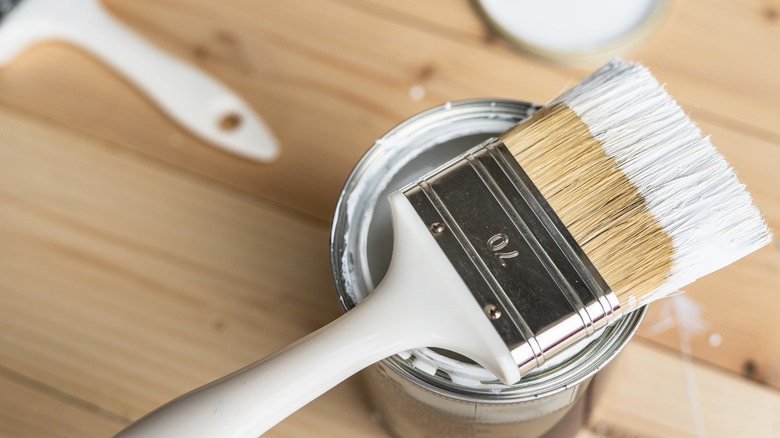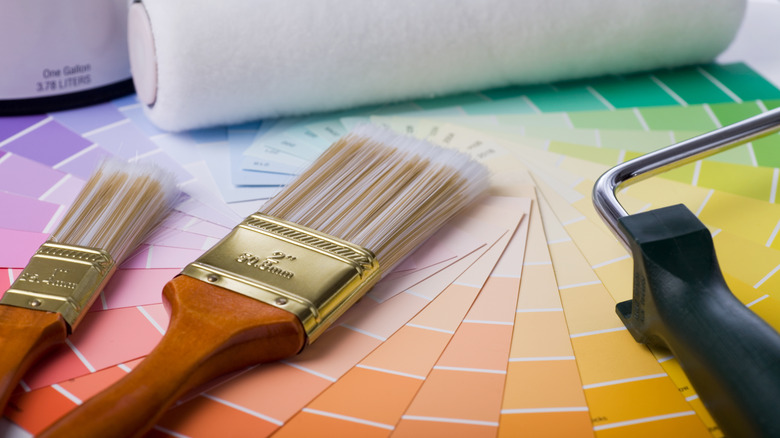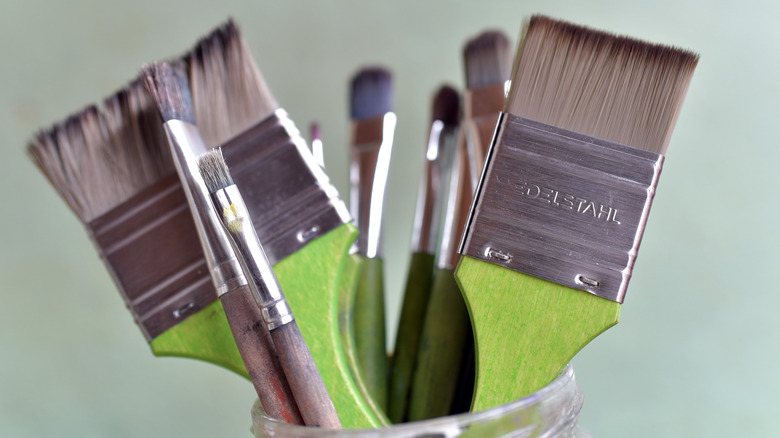How To Package And Store Your Paint Brushes After Cleaning Them
Maintaining your artistic tools is a crucial part of any painting journey. After a satisfying session of brush strokes and color blending, cleaning your paintbrushes is a given. But what happens next? How do you ensure your brushes stay in prime condition? It all boils down to proper packaging and storage. After cleaning your paint brushes, ensure they're completely dry, reshaped, and stored in a brush cover.
Indeed, the art of packaging and storing paintbrushes is a practice that goes far beyond simply tossing them into a container after they've been cleaned. It's a careful, considered process that revolves around preserving the integrity of every brush component, including the bristles, ferrule, and handle.
Preserving the shape of the bristles is crucial to maintaining the brush's overall performance. Each type of brush, whether round, flat, or filbert, has a specific shape designed for particular brushwork. If this shape becomes distorted due to improper packaging or storage, the brush might not deliver the expected results. Thus, proper paintbrush storage methods that maintain the original form of the bristles are necessary for every painter.
Reshaping and drying before packaging
Caring for your paintbrushes extends far beyond the initial cleaning process. After carefully removing all traces of paint, it's important to reshape the bristles. Over time and with use, brushes can lose their original shape, affecting the quality of your work. By gently using your fingers to restore the paintbrush's bristles to their original form immediately after washing, you help retain the brush's shape. This step is essential for aesthetic reasons and to ensure even and consistent paint application on future projects.
Ensuring your brushes are entirely dry before storage is another critical consideration. To effectively remove excess water, give the brushes a good shake or use a brush spinner if you have one available. This tool can efficiently expel water from the brush without causing harm to the bristles. Alternatively, you can also gently blot the brushes on a clean, dry cloth, making sure to avoid pulling on the bristles, as this can cause them to shed. A gentle squeeze is sufficient to wick away moisture without inflicting damage.
Drying the brushes in the correct position is also fundamental. The best practice is to let your brushes dry horizontally on a flat surface, with the bristles hanging off the edge. This position allows air to circulate around the brushes, speeding up the drying process and preventing the bristles from deforming due to pressure.
Storing your brushes
After your paint brushes have been properly cleaned and thoroughly dried, the next essential step in their care journey is packaging and storing them appropriately. This process is not merely a precautionary measure but an integral part of ensuring the longevity of your brushes. If your brushes come with individual covers or tubes, these are your best options for packaging. These covers have been specifically designed to snugly fit your brushes, protecting the bristles from potential damage while maintaining their shape.
However, if you don't have the original covers, don't fret. Alternatives, like brush protectors, are widely available and can provide similar protection. Even household items can be repurposed for this role. For instance, you can create makeshift covers using paper rolls or tightly wrapping the brushes in a plastic seal. Both of these methods can serve to protect the bristles from dust, damage, and deformation.
When it comes to storing your packaged brushes, vertical storage is your go-to strategy. Ideally, brushes should be hung up by their handles in a brush wallet or similar setup. This method allows the bristles to hang freely, preventing them from being crushed or deformed, ensuring they maintain their shape for your next creative endeavor. However, if vertical storage isn't an option, laying your brushes flat in a safe and undisturbed place can also work, as long as the bristles aren't touching anything that could alter their shape. Lastly, always remember to store your brushes in a dry, safe area.


